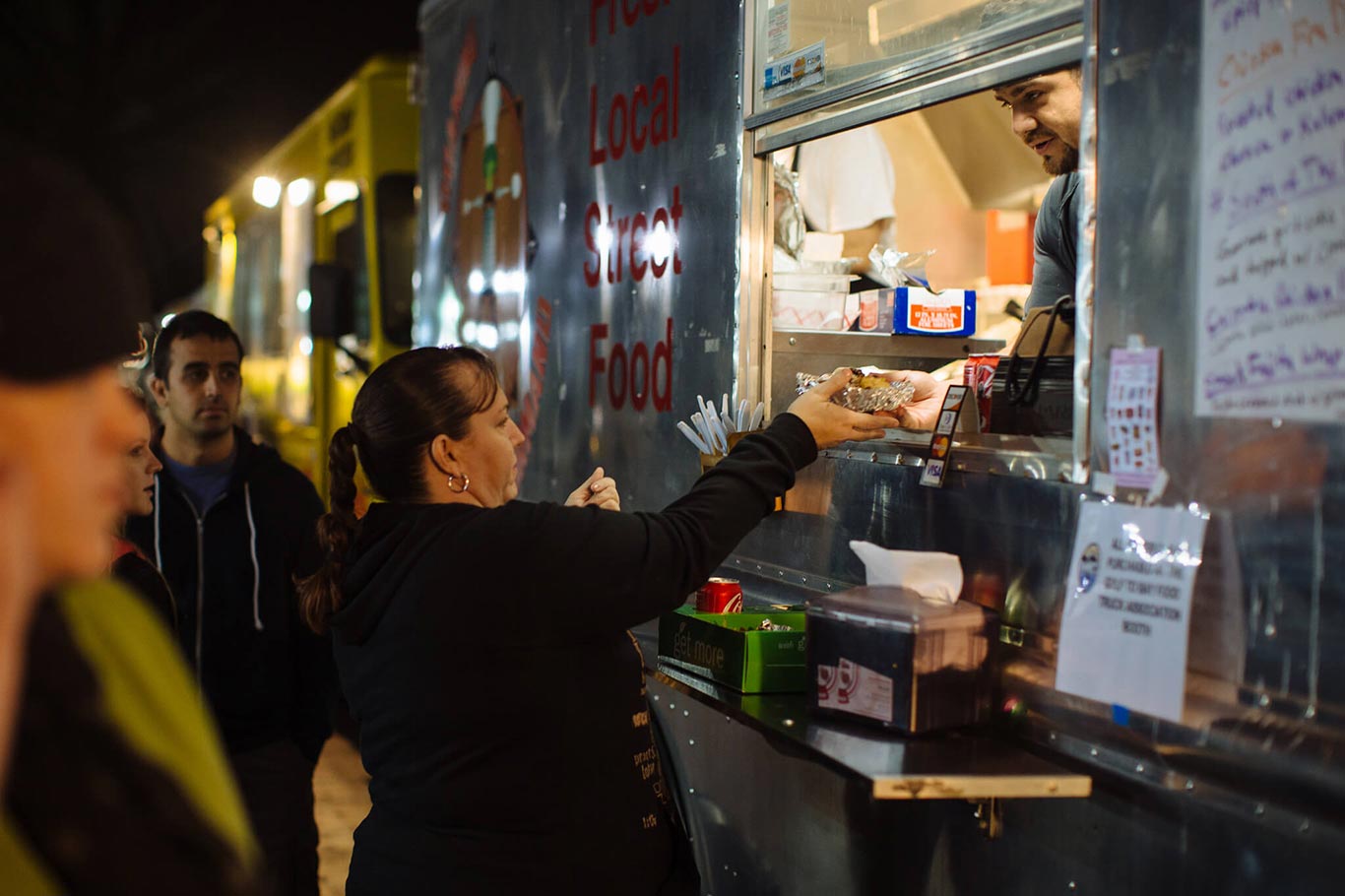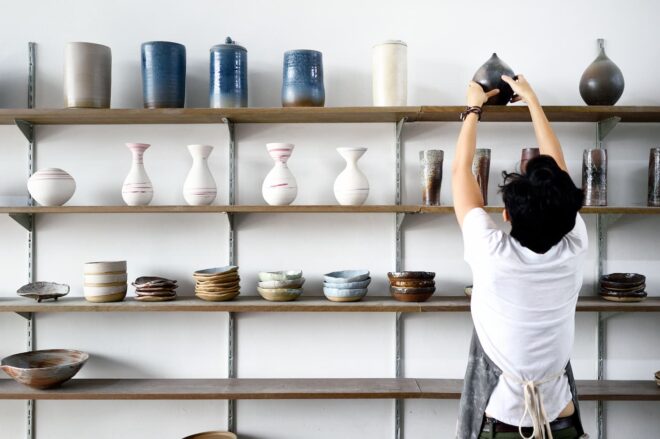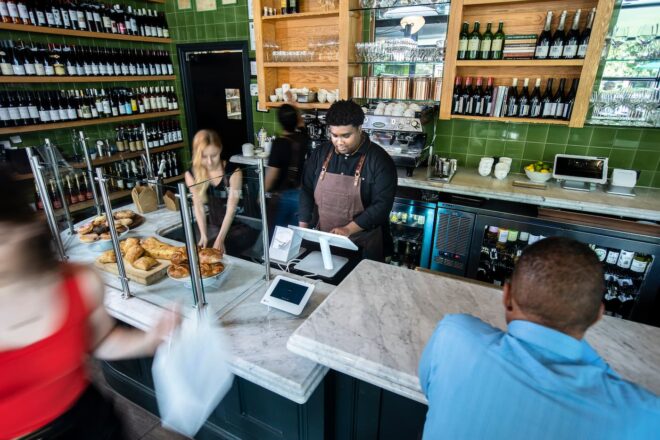Study Shows Loyalty Programs Increase Purchases by 20%
osadmin
4 min read
When thinking about the value proposition of a loyalty program, the benefits to the business owner are generally pretty clear. A loyalty/rewards program should build long-term loyalty and increase both the total amount customers spend and the number of times they visit.
But is there any proof that’s actually true?
The answer is yes.
A recent study by researchers at Northwestern University’s Spiegel Research Center looked at the behavior of consumers enrolled in a Canadian air miles reward program. This program had been running for a long time with a standard delayed-gratification model, where customers save up their miles for big rewards. Now the program was beginning to experiment with instant cash-back rewards, and the researchers wanted to know how these different types of rewards affected customer behavior.
Here’s what the researchers learned:
- Customers sharply increase spending when they have the chance to earn rewards right away. Customers who opted in to the “Instant Cash” program spent 68% more in the next two weeks than customers who weren’t getting those instant rewards. “Clearly,” the researchers write, “the ability to receive rewards on-the-spot appealed to many consumers and motivated them increase their purchase behavior, so marketers should review their loyalty programs to reward customers at the point of purchase.”
- Over the long term, customers who save up for bigger rewards end up spending the most. This rewards program allowed customers to choose how to divide their rewards points between the instant cash back and ‘Dream Rewards’ options. Customers who chose to save up half of their rewards points for a bigger goal ended up spending more than those who took all of their rewards right away.
- The opportunity to earn rewards motivates lower-spending customers even more than higher-spending customers. “Increased purchase behavior was strongest for the lowest spending customers and weakest for the highest spending customers,” the researchers write. They note that higher-spending customers may already be close to their “ceiling” for spending with a company, but rewards programs prove to be a great way to turn occasional shoppers into loyal repeat customers.
Ultimately, the study shows that a mix of instant and long-term rewards works to build loyalty and create those dream customers who both increase their spending and keep coming back again and again.
How to Maximize the Impact of Your Clover Rewards Program
How can you get the most bang out of your customer loyalty program? The Spiegel study provides a few smart tips:
- Give customers a reward right away. Many merchants launch their Clover Rewards program with a signup special: get a small freebie just for signing up. Immediate gratification doesn’t have to cost much, but if it gives your customers the glow of achievement, it can accelerate their purchase frequency and amounts.
- Remind customers that they’re ‘saving’ for a bigger, longer-term reward. Here’s where Clover Rewards mobile offers shine compared to paper punch cards. You may not dig out that wrinkled, torn punch card to check your progress, but a well-timed ping on your mobile phone may prompt you to head back to a store you like but haven’t visited lately. Consider bundling bonus points with a Clover Rewards special offer: you’ll not only drive in-store traffic, you’ll also reignite a customer’s motivation to keep working towards that next reward.
- Even less-motivated customers can be goosed into action. Not every customer will be raring to participate in a loyalty program. But if you’ve managed to sign them up at all, you’ve already won. According to the Spiegel study, rewards programs motivate your lower-spending customers even more than those who are already regulars.
Source: IMC Spiegel Digital and Database Research Center
[image: Food Trucks Around Town by CityofStPete on flickr]Related Posts
Doing Business As (DBA): What it is & when to file one
How to create engaging customer loyalty programs: 3 steps to consider
Popular Topics
Stay In Touch
Sign up and learn more about Clover.
Thank you for your subscription!
Recent Stories
- How to design a restaurant recipe card–and share it
- Is your business a victim of shrinkflation? Don’t pay more for shorter receipt rolls.
- How to buy a restaurant
Please share your contact information
to access our premium content.
Thank you for sharing your contact information.
Download Now





